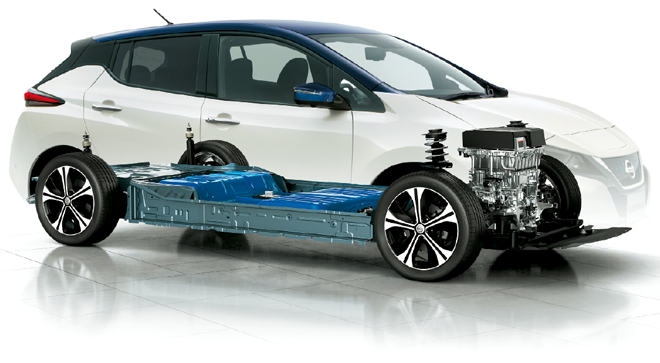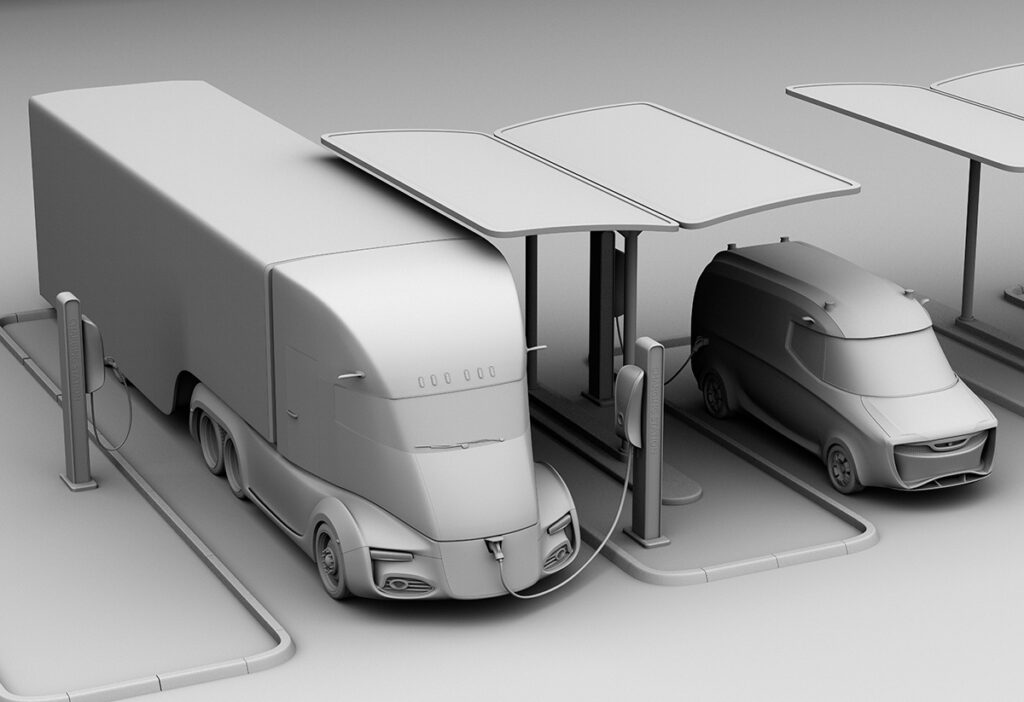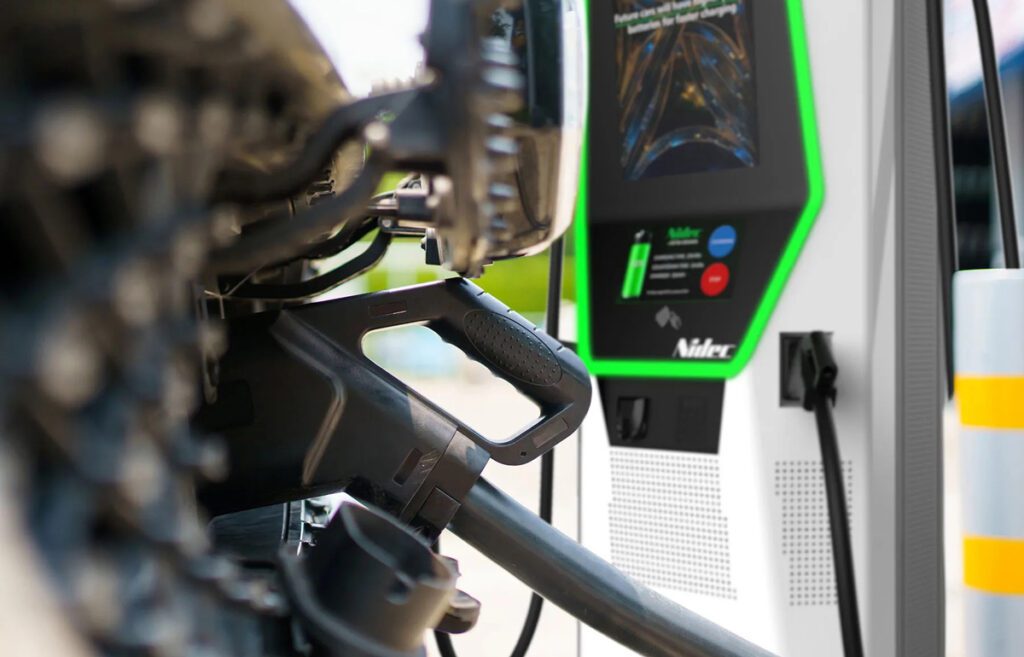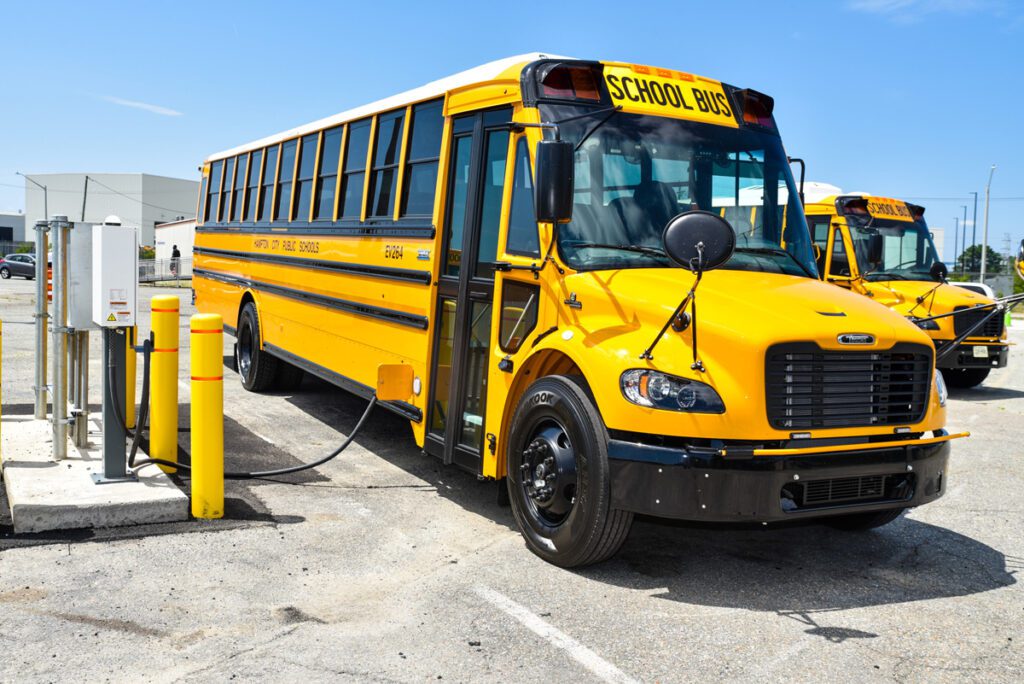Nissan’s Global Director of Electric Vehicles, Nic Thomas,
recently took a trip Down Under for the Australian launch of the Nissan LEAF
Plus. In his speech, he highlighted the LEAF’s bidirectional charging
capability, which he said is already being used in Japan, and is expected to be
available in Australia within months.
Nissan Australia’s Manager of Electrification and Mobility Ben Warren said the new LEAF already incorporates Vehicle-to-Home (V2H) capability. Demo models of V2H charging boxes are already on the way to Australia, and after about six months of testing, the feature should be made available to Nissan customers. “The vehicle we see today is capable from the factory right now – it is future-proofed for not only the EV world but also the future energy ecosystem,” says Warren.
EV batteries could play a big role as energy storage resources in that ecosystem. “Cars will be an energy asset first, and a mobility asset second,” said Tim Washington, CEO of charging solution provider Jetcharge, who also spoke at the Nissan event. “You are going to use your cars probably more as batteries than as vehicles. As we know, vehicles are parked 90% of the time. But what if they are the most efficient asset that you have because it’s doing work even when it’s parked?”
A V2H-equipped LEAF could theoretically be an alternative to a home battery system such as Tesla’s Powerwall, saving consumers money by storing solar energy for nighttime use, and/or by charging at off-peak rates overnight and discharging power during the day. Bridie Schmidt, writing in The Driven, estimates that the 40 kWh version of the LEAF offers up to 4 times the energy storage capacity of a typical home battery.
“In the middle of the day now we have this influx of solar energy,” Nic Thomas explains. “It’s great that we’ve invested all this money in renewable energy, but fundamentally we’re wasting most of that energy because it’s all being generated in the middle of the day when we don’t really need it. What the system needs is batteries. The system needs storage.”
Apparently, Mr. Thomas prefers distributed storage in the future to utility-scale storage in the present. He took a dig at Tesla, saying that its gigabattery at Noeon Hornsdale wind farm in Jamestown, South Australia (which is said to have saved around $28 million in power-stabilization costs in its first year of operation) is “a complete waste of resources, because what we can do is have cars that are also batteries, and those cars are parked most of the time.”
Source: The Driven







































































